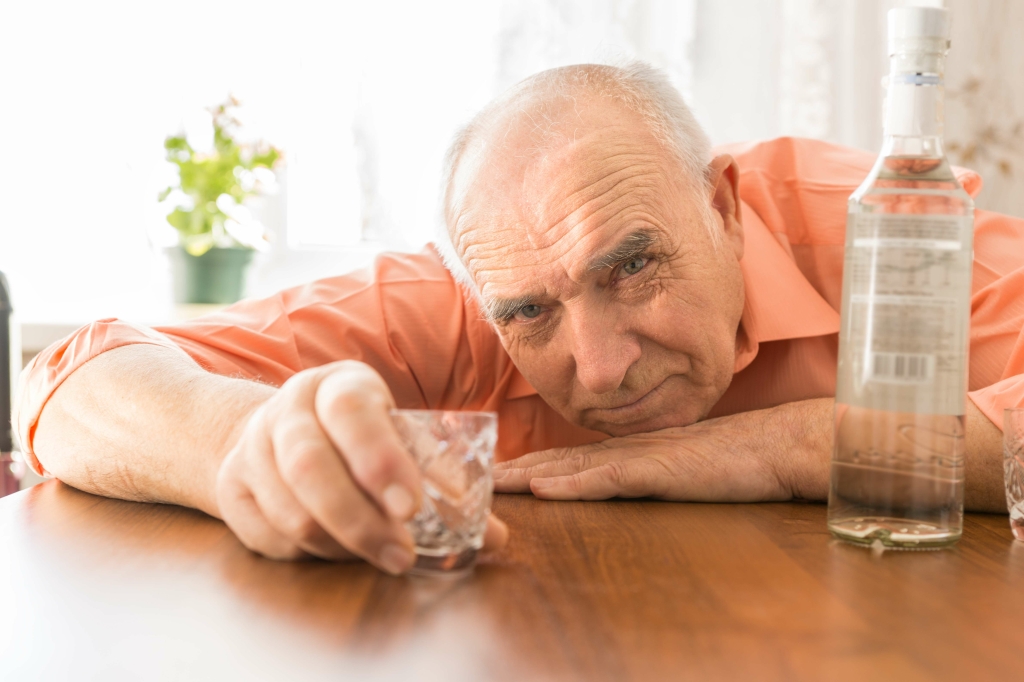Vacío: $0.00
Spain ranks 23rd in the world for coffee consumption per person per year, with the average Spaniard consuming 4.5 kilograms annually. The Spanish are only outdone in terms of coffee consumption per head by the average Italian, who drinks almost 6 kilograms of it, and the French, at 5.4 kilograms. However, according to the results of the national population-based telephone survey conducted to ascertain COVID-19 impact in 2020, alcohol consumption and intoxication declined in both sexes and in all age groups. What we mean by ‘casual’ is that people can reasonably have a drink or two everyday―especially if they go out for food―and this is not viewed as questionable judgement. It’s also (generally) appropriate for colleagues to get drinks directly after work during the week, even going with their bosses too.
The long-term consequences of Alcoholic Narcissist: How the Two Conditions Are Related include chronic health problems, social isolation, family breakdown, and a reduced quality of life. The high alcoholism rate in Spain has far-reaching effects on individuals and society, underscoring the need for effective prevention and treatment measures. Spain ranks as one of the top countries in the world for alcohol consumption per capita. The alcoholism rate in Spain is higher than the European average, with men being more affected than women.
Spanish drinks and drinking culture
One last thing we would like to mention is how food and alcohol are more linked in Spain than we saw growing up. There is a strong tie between eating and having a social drink because most of the time people go out, they will have something to snack on. This won’t look the same in all places because you will find tapas more in the south, such as in Granada, and pintxos in Bilbao, and many different versions around Spain. After dual diagnosis patients have successfully weaned off substances, they’ll begin their integrated programme, consisting of medication, behavioural therapies, support groups, and holistic healing.
- Clearly the level of alcohol use and abuse is high in Spain and constitutes a severe public health and socioeconomic problem.
- The highest proportion of heavy episodic drinking in men was reported by Romania (55.2 per cent).
- For example, Valencia water (agua de Valencia) is made by mixing Spanish sparkling wine (cava) with orange juice.
Spanish police have arrested 18 people alleged to be involved in a shamanic organisation that sold hallucinogenic drugs to its members. While enjoying the local beverages, it’s crucial to respect local laws and customs. The WHO calls alcoholism “a term of long-standing use and variable meaning”, and use of the term was disfavored by a 1979 WHO expert committee.
Japan makes history as fifth country to land on the Moon
The report collects existing data in one place and aims to provide analysis and high quality information necessary to develop a multi-sectoral approach to prevent and reduce alcohol harm in Spain. The report is to be updated regularly to continuously provide the most recent information. In addition, https://trading-market.org/alcoholic-narcissist-how-the-two-conditions-are/ just like in the adult world in the States, responsible drinking is often tied to social events. Language schools often have a copa de bienvenido (“welcome drink”) event in which sangria or other alcoholic beverages are provided to welcome new students and allow them to mix with older ones.
- Alcoholism has a detrimental impact on mental health in Spain, contributing to the development of anxiety, depression, and other psychiatric disorders.
- When it comes to drinking at restaurants and bars, as long as you are supervised by older people, waiters will serve underage people without question.
- Staff at a drug and alcohol rehab in Spain help patients stabilise by temporarily introducing a partial opiate to help the body return to normal.
- There is a gradual decrease in alcohol consumption in the EU and WHO’s European Region.
Additionally, easy access to alcohol and the influence of marketing and advertising play a role in promoting excessive drinking behavior. As a tourist, navigating the legal drinking age in Spain enriches the cultural experience. By blending an awareness of the law with an appreciation for traditional and popular drinks, one can savor the vibrant Spanish spirit responsibly. Conversing on the topic of substance abuse has become increasingly important in the Spanish-speaking community. As a medical professional, it is important to be familiar with the right terminology used when talking about addiction and recovery.
Top 10 Countries with the Highest Rates of Alcohol Use Disorder/Alcoholism (males):
The reality is that everyone above the age of 18 is legally allowed to consume alcohol in Spain so there’s no stigma or taboo about the topic. Government policies and regulations play a significant role in addressing the alcoholism rate in Spain. Policies related to alcohol pricing, availability, and marketing can influence drinking behavior and reduce the overall alcohol consumption in the population. Finally, epidemiologists need a definition of alcoholism that enables them to identify alcoholics within a population that may not be available for individual examination. The legal drinking age in Ibiza is also 18, aligning with the national regulations. The city offers a diverse range of bars and clubs, each with its unique charm.
Here, you can enjoy a range of fine Spanish wines to pair with exquisite dishes. The report by the Spanish government aims to provide useful information for all actors involved in preventing and reducing harm caused by the products and practices of the alcohol industry. Students find it very easy to access alcohol, with 94.9% students regardless of whether they were of legal age or not reporting they obtain alcohol easily.
More information to prepare your trip to Spain
Women who have alcohol-use disorders often have a co-occurring psychiatric diagnosis such as major depression, anxiety, panic disorder, bulimia, post-traumatic stress disorder (PTSD), or borderline personality disorder. While it might stand to reason that rates of alcoholism would correlate closely to overall alcohol consumption per country or possibly with drinking age by country, this is not necessarily the case. For example, although consumption varies by state, Americans on average consume 8.7 liters of pure alcohol per capita annually, the equivalent of imbibing 29.0 handles (1,716.8 fluid ounces/50.75 liters) of vodka per person per year.



